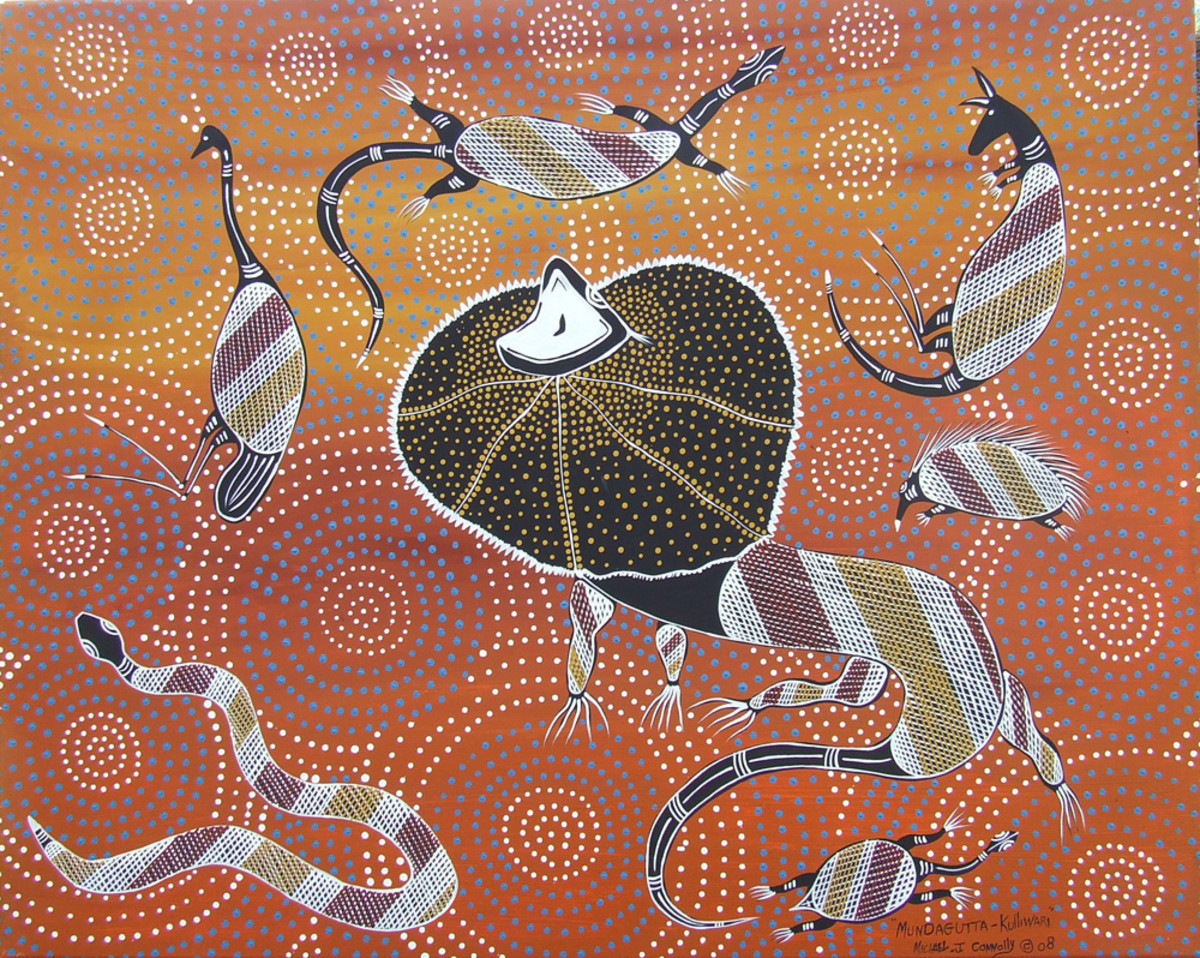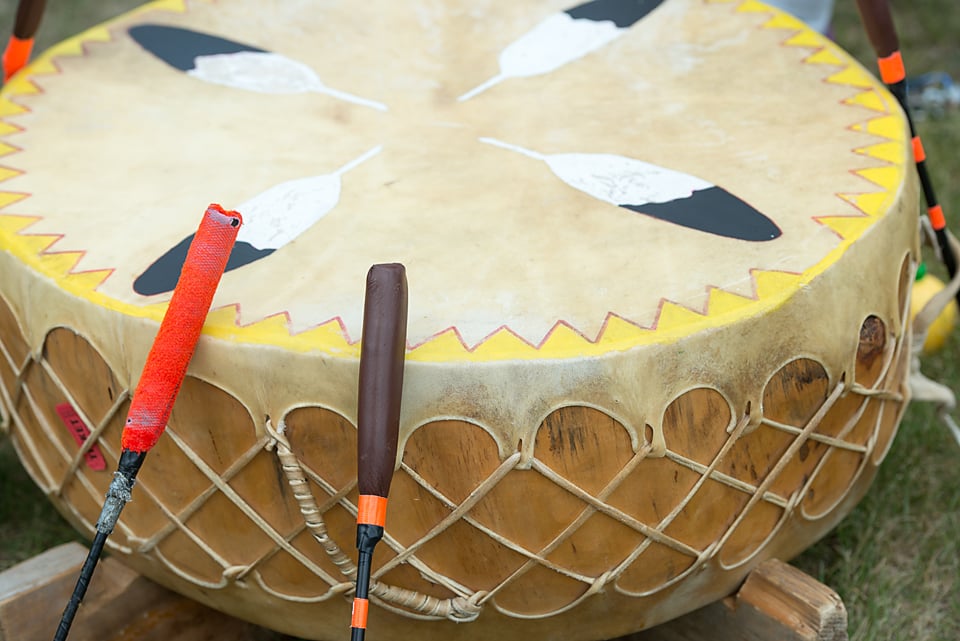Dreamtime: The Heartbeat of Aboriginal Culture
Dreamtime: The Heartbeat of Aboriginal Culture

The concept of Dreamtime, also known as the Dreaming, is a fundamental pillar of Aboriginal Australian culture. It is not merely a historical narrative or a collection of myths; it is a living, breathing reality that shapes their worldview, their connection to the land, and their understanding of the universe.
This article delves into the complexities of Dreamtime, exploring its meaning, its significance in Aboriginal spirituality, and its enduring influence on contemporary Aboriginal life.
Related Articles: Dreamtime: The Heartbeat of Aboriginal Culture
- Beyond The Canvas: Exploring The Cultural Significance Of Aboriginal Art Featuring The Iconic Kangaroo
- Beyond The Bounce: Uncovering The Aboriginal Meaning Of "Kangaroo"
- Capturing The Essence Of The Outback: A Guide To Australian Native Flora Drawings
- Nourishing The Land, Nourishing The Soul: A Deep Dive Into Australian Aboriginal Food Systems And Cultural Ownership
- Rooted In The Earth: Unpacking The Meaning Of "Indigenous"
The Essence of Dreamtime:
Dreamtime, in its simplest form, refers to the ancestral beings who created the world and everything within it. These beings, often depicted as powerful animals or spirits, shaped the landscape, formed the rivers and mountains, and established the laws and traditions that govern Aboriginal society. Their actions, their journeys, and their interactions with the natural world are enshrined in the stories, songs, and dances that have been passed down through generations.
However, Dreamtime is more than just a collection of creation myths. It is a continuum, a timeless dimension where the past, present, and future are interconnected. The actions of the ancestral beings in Dreamtime are not confined to a distant past; they are ever-present, influencing the present and shaping the future.
The Significance of Dreamtime:
Dreamtime plays a crucial role in shaping the lives of Aboriginal people in numerous ways:
- Spiritual Foundation: Dreamtime serves as the foundation of Aboriginal spirituality. It provides a framework for understanding the universe, the natural world, and their place within it. The stories and rituals associated with Dreamtime connect individuals to the ancestral beings and to the land itself, fostering a profound sense of belonging and interconnectedness.
- Cultural Identity: Dreamtime stories and traditions form the core of Aboriginal cultural identity. They provide a shared history, a common language, and a set of values and beliefs that bind communities together.
- Land Management: Dreamtime stories often contain detailed information about the landscape, its resources, and the appropriate ways to manage them. This knowledge, passed down through generations, has ensured the sustainable use of the land for millennia.
- Social Structure: The relationships between ancestral beings and their creation stories often reflect the social structure and kinship systems of Aboriginal communities. These stories provide a framework for understanding roles, responsibilities, and obligations within the community.
- Art and Expression: Dreamtime stories, symbols, and motifs are a constant source of inspiration for Aboriginal art and cultural expression. From rock art and cave paintings to contemporary paintings, sculptures, and dance performances, Dreamtime is vividly reflected in every aspect of Aboriginal artistic tradition.

The Enduring Legacy of Dreamtime:

Dreamtime is not a static concept; it is a dynamic and evolving tradition. While the core stories and beliefs remain constant, they are constantly being reinterpreted and adapted to meet the challenges of modern life.
In the face of colonization and cultural assimilation, Dreamtime has served as a powerful force of resilience. It has provided Aboriginal people with a sense of identity, a connection to their past, and a framework for navigating the complexities of the present.
Dreamtime and the Future:
As Aboriginal communities continue to assert their cultural sovereignty and fight for recognition of their rights, Dreamtime remains a vital source of strength and inspiration. It offers a framework for understanding the past, navigating the present, and shaping the future.
Dreamtime is not just a collection of stories; it is a living, breathing reality that continues to shape the lives of Aboriginal people today. It is a testament to the enduring power of culture, the importance of preserving traditional knowledge, and the deep connection between humans and the natural world.

FAQ about Dreamtime:
Q: Is Dreamtime a religion?
A: While Dreamtime is a foundational element of Aboriginal spirituality, it is not a formal religion in the Western sense. It is a worldview, a cosmology, and a set of beliefs that permeate all aspects of Aboriginal life.
Q: How can I learn more about Dreamtime?
A: The best way to learn about Dreamtime is to engage with Aboriginal communities and listen to their stories. You can also visit Aboriginal art galleries, museums, and cultural centers to learn about the various artistic expressions of Dreamtime.
Q: Is Dreamtime relevant to contemporary Aboriginal life?
A: Dreamtime is not a relic of the past; it is a living tradition that continues to shape the lives of Aboriginal people today. It provides a framework for understanding their identity, their connection to the land, and their place in the world.
Q: How can I support the preservation of Dreamtime?
A: You can support the preservation of Dreamtime by learning about it, sharing your knowledge with others, and supporting Aboriginal cultural organizations. You can also patronize Aboriginal artists and businesses, and advocate for the recognition of Aboriginal rights and cultural sovereignty.
Dreamtime: The Heartbeat of Aboriginal Culture
The concept of Dreamtime is a testament to the enduring power of culture, the importance of preserving traditional knowledge, and the deep connection between humans and the natural world. It is a living, breathing reality that continues to shape the lives of Aboriginal people today, offering a framework for understanding the past, navigating the present, and shaping the future.

Closure
Thus, we hope this article has provided valuable insights into Dreamtime: The Heartbeat of Aboriginal Culture. We hope you find this article informative and beneficial. See you in our next article!


